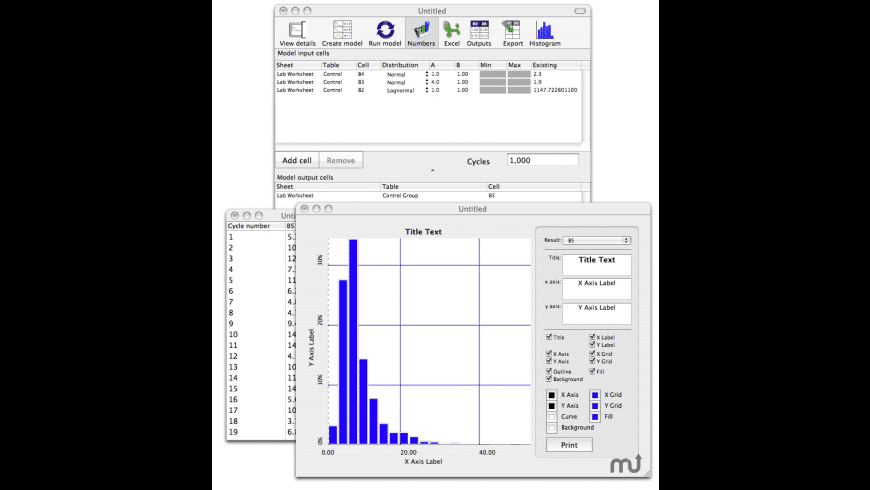Threat modeling tools are used to perform systematic analysis of attack vectors by helping you analyze some of the following questions:
Update: Microsoft Defender ATP for Mac is generally available as of June 28, 2019. Today, we’re announcing our advances in cross-platform next-generation protection and endpoint detection and response coverage with a new Microsoft solution for Mac. Products must use only approved message authentication code (MAC) or hash-based message authentication code (HMAC) algorithms. A message authentication code (MAC) is a piece of information attached to a message that allows its recipient to verify both the authenticity of the sender and the integrity of the message using a secret key. SDL Threat Modeling Tool helps engineers analyze the security of their systems to find and address design issues early in the software lifecycle. The Microsoft SDL Threat Modeling Tool is a core. A model validation toggle feature was added to the tool's Options menu. Several links in the threat properties were updated. Minor UX changes were made to the tool's home screen. Android emulator mac os catalina. The Threat Modeling Tool now inherits the TLS settings of the host operating system and is supported in environments that require TLS 1.2 or later. Threat Modeling at Microsoft This is an excellent series of blog posts by Microsoft’s Larry Osterman about threat modeling, using the PlaySound API as an example. Long, detailed, and complicated, but well worth reading.
- Which are high-value assets?
- What does attacker profile may look like?
- Which are most vulnerable areas in the application which can be attacked by the hackers?
- What are most relevant threats to the application?
- Are there one or more attack vectors which can go unnoticed?
/apple_vs_microsoft_vs_google_how_their_business_models_compare-5bfc381c46e0fb00260e8c7a.jpg)
Following is the list of top 5 threat modeling tools you may keep handy for threat modeling:
- Microsoft Free SDL Threat Modeling Tool: Tool from Microsoft that makes threat modeling easier for all developers by providing guidance on creating and analyzing threat models. Following diagram displays the SDL threat modeling process. Greater details can be found on this page, Getting Started with Threat Modeling Tool
Figure 1. Threat Modeling process Bluestacks mac could not start the engine. Mavericks 10.9 0 dmg.
Following are some of the capabilities of this tool:
- Automation
- Guided analysis of threats and mitigation
- Reporting
- Microsoft Free SDL Threat Modeling Tool: Tool from Microsoft that makes threat modeling easier for all developers by providing guidance on creating and analyzing threat models. Following diagram displays the SDL threat modeling process. Greater details can be found on this page, Getting Started with Threat Modeling Tool


- SecuriCad by Forseeti(Commercial tool): As per the page, securiCAD is a threat modelling and risk management tool that enables you, the user, to get a holistic understanding of your IT infrastructure, incorporating risks from both structural and technical vulnerabilities. Here is a two minute demo on the tool:
- ThreatModeler: A tool for enterprise threat modeling. Here is a ThreatModeler YouTube channel comprising of multiple videos on ThreatModeler. Here is a sample video:
- Irius Risk by Continuum Security: As per the webpage, this tool helps create a threat model and derive security requirements in no time using a straightforward questionnaire based system. Following is a sample video:
- SD Elements by Security Compass: A threat management platform
Microsoft Threat Modeling Tool 2016 Mac
- Differences between Random Forest vs AdaBoost - December 13, 2020
- Classification Problems Real-life Examples - December 12, 2020
- Data Quality Challenges for Analytics Projects - December 11, 2020